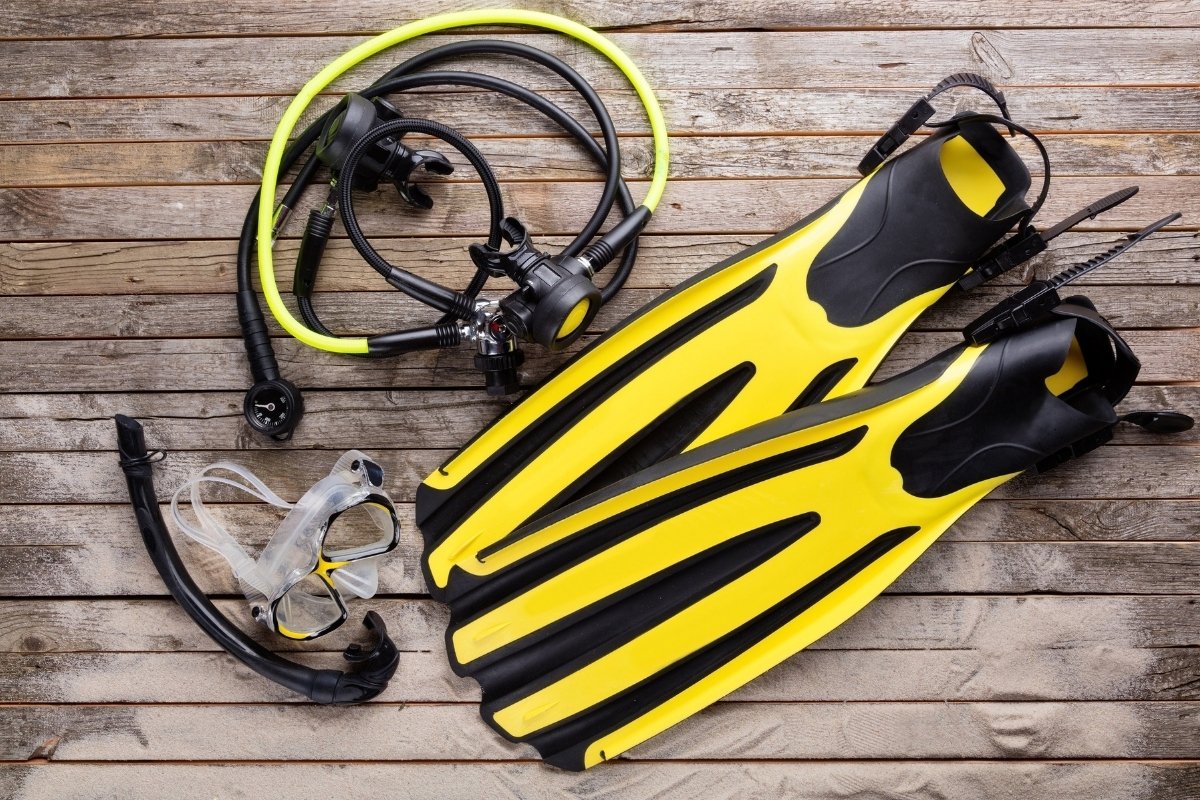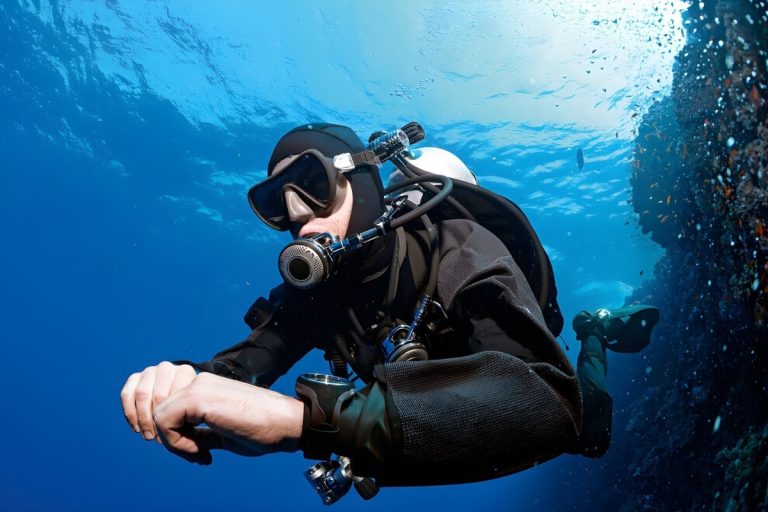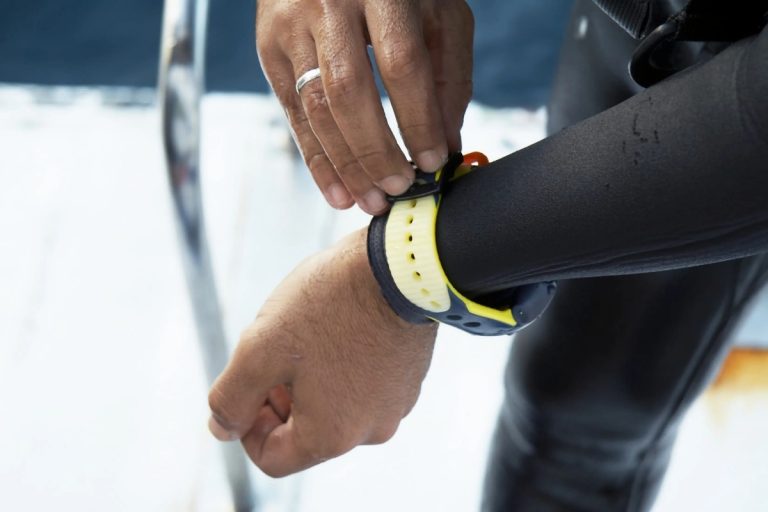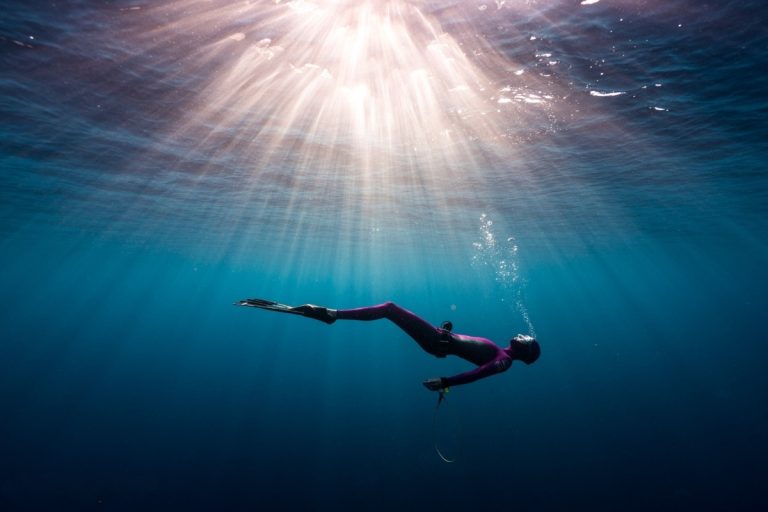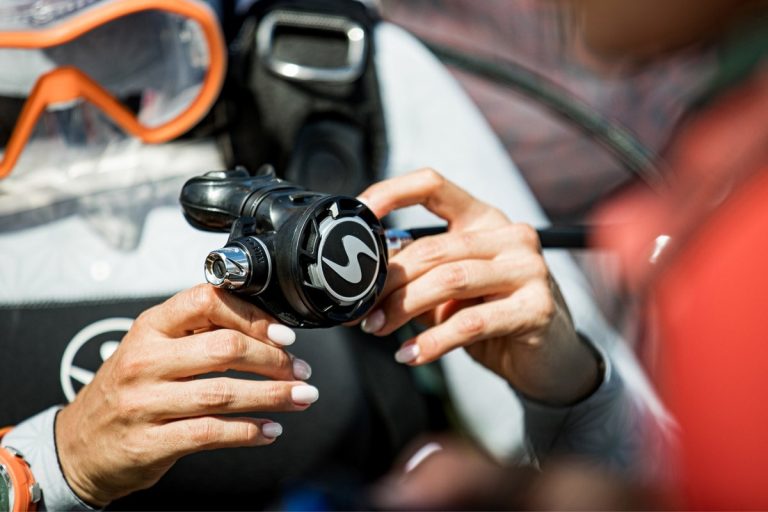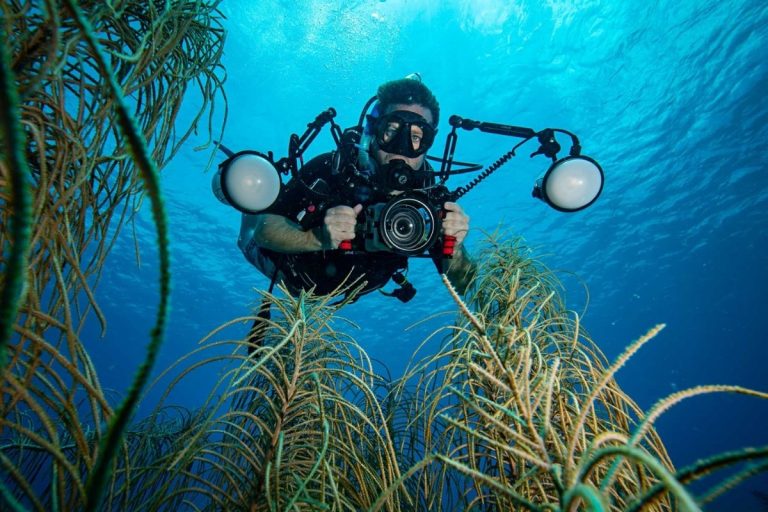Overview of Snorkel Types
Choosing the right snorkel can make or break your underwater experience. Whether you’re planning a tropical vacation or exploring local waters, the type of snorkel you select directly impacts your comfort, safety, and overall enjoyment in the water. Modern snorkels have evolved far beyond the simple tube designs of decades past, offering sophisticated features that address common challenges like water entry, clearing difficulties, and jaw fatigue.
The main categories include classic J-shaped snorkels, semi-dry models with splash guards, fully dry snorkels with advanced valve systems, and specialized designs for specific activities like freediving. Each type serves different needs and skill levels, from beginners taking their first underwater breaths to experienced divers seeking performance-oriented gear.
Importance of Choosing the Right Snorkel
Your snorkel choice affects everything from breathing comfort to water clearing efficiency. A poorly matched snorkel can lead to jaw fatigue, frequent water ingestion, and frustrating interruptions to your underwater exploration. The right snorkel becomes an extension of your breathing system, allowing you to focus on marine life rather than equipment struggles.
Consider factors like your experience level, typical snorkeling conditions, and personal preferences for features like purge valves or flexible tubes. Beginners often benefit from dry snorkels that minimize water entry, while experienced snorkelers might prefer the simplicity and reliability of classic designs.
Benefits of Different Snorkel Types
Each snorkel type offers distinct advantages tailored to specific situations and user preferences. Classic snorkels provide reliability and easy maintenance, making them favorites among diving professionals. Semi-dry models offer a middle ground with splash protection while maintaining the familiar feel of traditional designs.
Dry snorkels excel in choppy conditions and for surface swimming, virtually eliminating water entry through advanced valve systems. Flexible tube designs reduce jaw strain during extended use, while purge valve systems make clearing water effortless with minimal effort required.
How Snorkel Type Affects Comfort and Enjoyment
Comfort directly correlates with your ability to relax and enjoy the underwater world. An uncomfortable snorkel creates tension, leading to shortened sessions and reduced enjoyment. Features like ergonomic mouthpieces, flexible positioning, and efficient water clearing systems all contribute to a more pleasant experience.
The wrong snorkel can cause jaw cramping within minutes, while the right one allows for hours of comfortable breathing. Consider how different features align with your planned activities and physical comfort needs to maximize your time in the water.
Classic (J) Snorkels
The traditional J-shaped snorkel remains a cornerstone of snorkeling equipment, favored by many experienced users for its simplicity and reliability. These basic designs feature a curved tube with a mouthpiece, representing the fundamental snorkel concept that has served divers for generations. Their straightforward construction makes them easy to understand, maintain, and trust in various conditions.
Classic snorkels typically measure between 12-15 inches in length, with internal diameters optimized for efficient airflow without excessive dead air space. The J-shape follows the natural curve from your mouth to the surface, minimizing resistance and creating an intuitive breathing experience. Many professional diving instructors prefer classic snorkels for training because they teach proper snorkeling techniques without relying on advanced features.
Description and Features
Classic snorkels consist of a simple curved tube, mouthpiece, and keeper to attach to your mask strap. The mouthpiece features bite tabs and lip flanges designed for comfortable, secure positioning in your mouth. Most classic models use durable materials like PVC or silicone for the mouthpiece and rigid plastics for the tube.
The tube diameter typically ranges from 18-22mm internally, balancing breathing ease with dead air space concerns. Some models include basic splash guards at the top, though these are minimal compared to advanced dry snorkel systems.
Pros of Classic Snorkels
Simplicity equals reliability with classic snorkels. Fewer components mean fewer potential failure points, making them excellent choices for remote locations or extended trips. They’re typically the most affordable option and easiest to pack due to their streamlined design.
Classic snorkels excel underwater since they don’t have valves that might malfunction at depth. They’re also easiest to clear using traditional blast clearing techniques, and their straightforward design makes maintenance and replacement simple anywhere in the world.
Cons of Classic Snorkels
Water entry represents the main challenge with classic snorkels. Without splash guards or dry valves, they readily admit water during surface swimming or in choppy conditions. Clearing requires more effort and technique compared to purge valve equipped models.
The rigid design can create jaw fatigue during extended use, and the fixed positioning may not accommodate all face shapes comfortably. They also offer no protection against waves or spray, making them less suitable for rough water conditions.
Semi-Dry Snorkels
Semi-dry snorkels bridge the gap between classic simplicity and advanced dry technology, offering enhanced water protection while maintaining familiar operation. These designs incorporate splash guards or deflector systems at the tube opening, significantly reducing water entry from surface waves and spray. They represent an excellent compromise for snorkelers wanting improved performance without the complexity of full dry systems.
The splash guard designs vary from simple caps to more sophisticated deflector systems that redirect water away from the tube opening. These features prove particularly valuable in moderate chop or when surface swimming, conditions where classic snorkels would frequently flood. Semi-dry snorkels maintain the straightforward clearing techniques of classic models while providing meaningful protection improvements.
Overview and Functionality
Semi-dry snorkels feature splash guards or wave deflectors at the tube top, designed to shed water while allowing free airflow. These guards typically consist of angled caps, floating balls, or deflector plates that redirect water away from the tube opening. The mouthpiece and tube design remain similar to classic snorkels, preserving familiar operation.
Most semi-dry models retain the simple clearing methods of classic snorkels, requiring blast clearing or tilting techniques to expel water. The splash protection works passively, requiring no user intervention or maintenance beyond basic cleaning.
Advantages of Semi-Dry Snorkels
Water protection improves dramatically compared to classic snorkels, particularly in moderate surface conditions. The splash guards effectively deflect most surface water while maintaining excellent airflow for comfortable breathing. They offer a good balance of protection and simplicity, making them suitable for various skill levels.
Semi-dry snorkels typically cost less than full dry models while providing meaningful performance improvements. They’re also more reliable than complex dry valve systems, with fewer moving parts that could potentially malfunction or require maintenance.
Limitations of Semi-Dry Snorkels
While better than classic snorkels, semi-dry models still allow some water entry, especially during submersion or in rough conditions. The splash guards can sometimes restrict airflow slightly compared to completely open classic designs. They also add bulk and weight compared to simple classic snorkels.
The protection level varies significantly between different splash guard designs, and some may not perform well in specific wave conditions. They still require traditional clearing techniques, which may be challenging for some users compared to purge valve systems.
Dry Snorkels
Dry snorkels represent the pinnacle of snorkel technology, featuring sophisticated valve systems that virtually eliminate water entry during surface use. These advanced designs incorporate float valves, spring-loaded mechanisms, or other closure systems that automatically seal the tube when submerged or when waves wash over the opening. For many snorkelers, especially beginners, dry snorkels provide the confidence and comfort needed to fully enjoy their underwater adventures.
The dry valve technology has evolved significantly, with modern systems offering reliable sealing while maintaining excellent airflow when open. Top dry snorkel models like those from TUSA and other leading manufacturers combine dry valve technology with other advanced features like purge valves and flexible tubes, creating comprehensive snorkeling solutions that address multiple comfort and performance needs.
What Makes a Snorkel ‘Dry’
Dry snorkels employ mechanical valve systems at the tube opening that automatically close when water pressure increases. Float valves use buoyant balls or discs that rise to seal the opening when water approaches. Spring-loaded systems use mechanical mechanisms that snap shut under water pressure or when tilted beyond certain angles.
These valves must balance sealing effectiveness with breathing resistance, requiring precise engineering to function properly. The best dry valve systems operate transparently to the user, opening and closing automatically without affecting breathing comfort or requiring conscious operation.
Pros of Using Dry Snorkels
Water entry becomes virtually eliminated during surface snorkeling, allowing continuous breathing even in choppy conditions or while swimming face-down. This feature particularly benefits beginners who may struggle with traditional clearing techniques or feel anxious about water entering their snorkel.
Dry snorkels reduce fatigue by eliminating the need for frequent clearing, allowing longer, more relaxed snorkeling sessions. They excel for surface swimming and observation, making them ideal for casual snorkelers and those exploring shallow reefs or marine parks.
Popular Dry Snorkel Models
Leading manufacturers offer various dry snorkel designs, each with unique valve technologies and feature combinations. Models from TUSA, Oceanic, and other respected brands have earned reputations for reliable dry valve performance combined with comfortable mouthpieces and efficient purge systems.
When selecting a dry snorkel, consider the valve design, overall build quality, and compatibility with your mask and snorkeling style. The most popular models often combine dry valve technology with flexible tubes and purge valves for comprehensive performance.
Flexible Tube Snorkels
Flexible tube snorkels incorporate bendable sections, typically near the mouthpiece, that allow the snorkel to conform to your head position and reduce strain on your jaw and neck. This flexibility proves particularly valuable during extended snorkeling sessions, as it accommodates natural head movements and reduces the rigid connection between your mouth and the fixed tube position. The flexible section usually consists of corrugated silicone or rubber that maintains structural integrity while allowing movement.
The positioning flexibility offered by these designs helps accommodate different face shapes and mask configurations, making them popular among snorkelers who experience discomfort with rigid tube designs. The flexible section also helps reduce the transmission of movement from the tube to your mouth, creating a more stable and comfortable breathing experience during active swimming or in moving water.
Key Features of Flexible Tube Snorkels
The flexible section typically measures 2-4 inches and is positioned between the rigid tube and mouthpiece assembly. This placement allows the mouthpiece to move independently of the main tube, accommodating head rotation and jaw positioning changes. The flexible material must balance bendability with durability, maintaining its shape and seal integrity over time.
Most flexible tube snorkels combine this feature with other advanced technologies like purge valves or dry valve systems. The flexible section design varies between manufacturers, with some using spiral reinforcement and others employing accordion-style corrugations for optimal flexibility and durability.
Benefits of Flexible Tubes
Jaw comfort improves significantly during extended use, as the flexible connection reduces strain from rigid positioning. The design accommodates natural head movements during snorkeling, allowing you to look around without fighting against a fixed tube position. This flexibility particularly benefits snorkelers with smaller faces or those using different mask styles.
The flexible section also helps isolate the mouthpiece from tube movements caused by water currents or swimming motions, creating a more stable breathing experience. This stability can reduce jaw fatigue and improve overall comfort during longer snorkeling sessions.
Potential Drawbacks of Flexible Tube Snorkels
The flexible section can collect water in its corrugations, potentially creating clearing challenges or hygiene concerns. Some flexible materials may degrade over time, especially with UV exposure or chemical cleaning products. The added complexity can also increase the overall cost compared to simple rigid designs.
Durability concerns arise with flexible sections, as the repeated bending and flexing can lead to cracking or splitting over time. The flexible area may also create slight breathing resistance compared to completely smooth tube designs, though this is typically minimal in quality models.
Purge-Valve Snorkels
Purge-valve snorkels feature one-way valves, typically located at the bottom of the mouthpiece assembly, that allow easy water expulsion with minimal effort. These valves revolutionize the water clearing process, enabling users to expel water with a gentle exhale rather than the forceful blast clearing required by traditional snorkels. The purge valve technology has become increasingly sophisticated, with modern designs offering reliable sealing and effortless operation.
The valve mechanism typically consists of a flexible silicone flap or membrane that opens under slight pressure from inside the snorkel but seals against external water pressure. This design allows water to exit easily while preventing water entry through the valve during normal use. Quality purge valves operate smoothly and reliably, requiring minimal maintenance while providing years of trouble-free service.
Understanding Purge Valves
Purge valves function as one-way exits for water, opening when you exhale gently into the snorkel but remaining sealed against external water pressure. The valve typically consists of a silicone membrane or flap housed in a chamber at the mouthpiece base. This positioning allows gravity to help drain water toward the valve while keeping it easily accessible for clearing.
The valve design must balance easy opening for clearing with reliable sealing during normal breathing. Quality purge valves respond to minimal pressure, allowing effortless water expulsion while maintaining watertight integrity during inhalation and normal use.
Advantages of Purge-Valve Snorkels
Water clearing becomes effortless, requiring only a gentle puff of air rather than forceful blast clearing techniques. This ease of clearing particularly benefits beginners, elderly snorkelers, or anyone with limited lung capacity. The reduced effort required for clearing allows for more relaxed snorkeling and quicker recovery from water entry incidents.
Purge valves also enable partial clearing, allowing you to expel small amounts of water without removing the snorkel from your mouth or interrupting your snorkeling rhythm. This capability proves valuable in conditions where small amounts of water frequently enter the snorkel.
Considerations When Choosing Purge-Valve Snorkels
Valve quality varies significantly between manufacturers and price points, with cheaper valves potentially failing or leaking over time. The valve adds complexity to the snorkel design, creating another component that requires maintenance and could potentially fail. Sand or debris can interfere with valve operation, requiring careful cleaning and maintenance.
Some experienced snorkelers prefer the simplicity of non-purge designs, finding that proper blast clearing techniques work reliably without additional mechanical components. The valve housing also adds bulk to the mouthpiece area, which some users find less comfortable than streamlined classic designs.
Specialized Snorkels for Freediving
Freediving requires specialized snorkel designs optimized for the unique demands of breath-hold diving and extended surface preparation. These snorkels prioritize minimal volume, easy removal, and efficient breathing during surface intervals between dives. Freediving basics equalization safety and gear considerations influence snorkel design, with features like large bore tubes for rapid breathing recovery and streamlined profiles that don’t interfere with diving techniques.
Freediving snorkels typically feature larger internal diameters to facilitate rapid breathing and efficient gas exchange during surface recovery periods. The designs often eliminate complex features like purge valves or dry systems that could malfunction at depth or create unwanted buoyancy. Many freediving snorkels include quick-release mechanisms or flexible keepers that allow easy removal before descent.
Features of Freediving Snorkels
Large bore tubes, typically 20-25mm internal diameter, allow maximum airflow for efficient breathing and rapid recovery between dives. The designs prioritize simplicity and reliability, often featuring classic tube construction without complex valve systems. Mouthpieces are optimized for comfort during extended surface breathing sessions while allowing quick removal.
Many freediving snorkels include flexible or quick-release keepers that enable rapid removal before descent. The overall design emphasizes hydrodynamic efficiency and minimal drag, with streamlined profiles that don’t interfere with diving techniques or create unwanted resistance.
Recommended Freediving Snorkels
Professional freediving snorkels from manufacturers like Riffe, Omer, and Cressi offer designs specifically optimized for breath-hold diving applications. These models typically feature large bore construction, comfortable mouthpieces, and reliable attachment systems that balance security with easy removal.
The Riffe Stable Snorkel and similar models have earned reputations among competitive freedivers for their efficient breathing characteristics and reliable performance. These specialized designs often cost more than recreational snorkels but provide performance advantages that justify the investment for serious freedivers.
Comparing Freediving Snorkels to Regular Snorkels
Freediving snorkels prioritize breathing efficiency and simplicity over features like dry valves or purge systems. The larger bore design allows more efficient gas exchange but may feel different to recreational snorkelers accustomed to standard diameter tubes. The streamlined design and quick-release features serve specific freediving needs that may not benefit casual snorkelers.
Regular snorkels offer more comfort features and water protection systems that benefit surface snorkeling but may not suit freediving applications. The choice between specialized and general-purpose designs depends on your primary snorkeling activities and performance priorities.
Caring for Your Snorkel Gear
Proper maintenance extends the life of your snorkel equipment and ensures reliable performance when you need it most. Like caring for silicone and tempered glass masks, snorkels require regular cleaning, proper storage, and periodic inspection to maintain optimal function. The specific care requirements vary depending on your snorkel type, with dry valve systems and purge valves requiring additional attention to maintain proper operation.
Regular maintenance prevents common problems like valve sticking, mouthpiece degradation, and bacterial growth that can affect both performance and hygiene. Establishing a consistent care routine after each snorkeling session helps identify potential issues early and ensures your equipment remains ready for your next underwater adventure.
Maintenance Tips for Snorkels
Rinse your snorkel thoroughly with fresh water after each use, paying special attention to valve mechanisms and mouthpiece areas. Salt water, chlorine, and organic matter can degrade materials and interfere with valve operation if not removed promptly. Use a snorkel brush or pipe cleaner to clean the tube interior, ensuring complete removal of debris and biological growth.
Inspect valve systems regularly for proper operation, testing dry valves and purge valves to ensure they open and close correctly. Check mouthpiece condition for signs of wear, cracking, or degradation that could affect comfort or create hygiene concerns.
Cleaning Your Snorkel Gear
Use mild soap solutions or specialized snorkel cleaners to remove oils, sunscreen residue, and biological matter that accumulates during use. Avoid harsh chemicals or abrasive cleaners that could damage silicone components or valve mechanisms. Disassemble removable components when possible for thorough cleaning.
Sanitizing solutions designed for diving equipment help eliminate bacteria and other microorganisms that can cause odors or health concerns. Follow manufacturer recommendations for cleaning products and procedures to avoid damaging sensitive components like valve membranes or mouthpiece materials.
Storage Recommendations for Snorkels
Store snorkels in cool, dry locations away from direct sunlight and extreme temperatures. UV exposure can degrade plastics and silicone components over time, while temperature extremes can affect valve operation and material flexibility. Ensure snorkels are completely dry before storage to prevent mold and bacterial growth.
Avoid storing snorkels in compressed or bent positions that could deform flexible components or create permanent kinks in flexible tubes. Use protective cases or bags when traveling to prevent damage from impacts or compression during transport.
Frequently Asked Questions
What are the main types of snorkels?
The main types of snorkels include classic (J) snorkels, semi-dry snorkels, dry snorkels, flexible tube snorkels, and purge-valve snorkels.
What is the advantage of using a dry snorkel?
Dry snorkels feature advanced valve systems that virtually eliminate water entry, making them ideal for beginners and casual snorkelers.
How do purge-valve snorkels work?
Purge-valve snorkels have one-way valves that allow easy expulsion of water with a gentle exhale, simplifying the clearing process.
What maintenance do snorkels require?
Snorkels should be rinsed after use, regularly inspected for wear, and cleaned with mild solutions to prevent degradation and ensure hygiene.
What should I consider when choosing a snorkel?
Consider your experience level, typical snorkeling conditions, comfort features, and personal preferences when selecting a snorkel.
Maximize Your Underwater Experience with the Right Snorkel
Selecting the appropriate snorkel type is crucial for enhancing your underwater exploration. Understanding the unique features and benefits of each snorkel design can significantly improve your comfort and enjoyment while snorkeling, allowing you to fully immerse yourself in the beauty of the marine environment.
